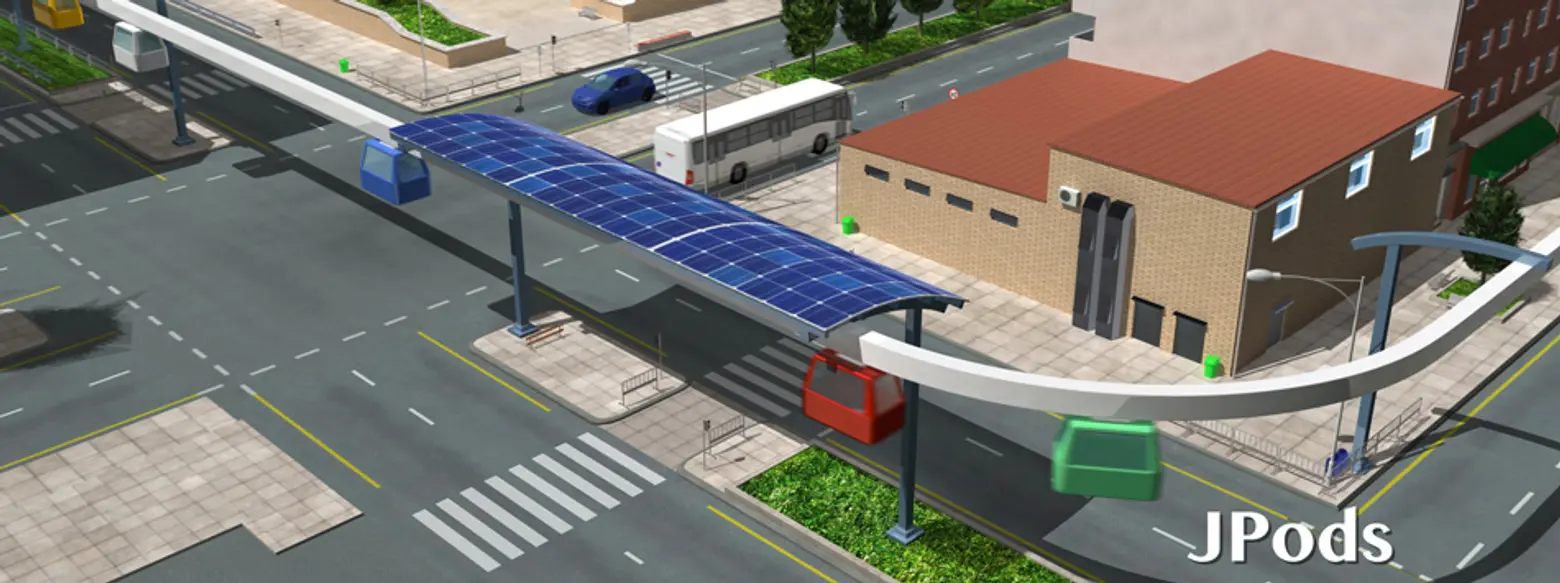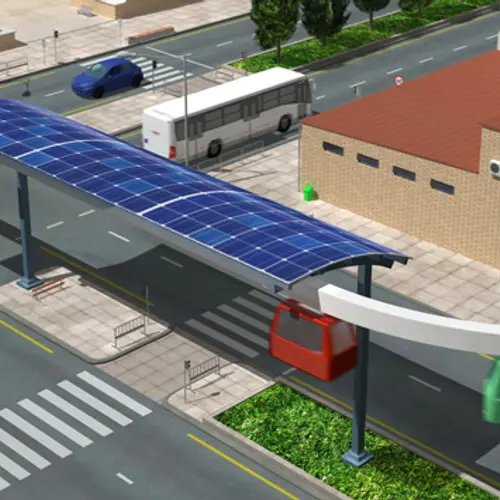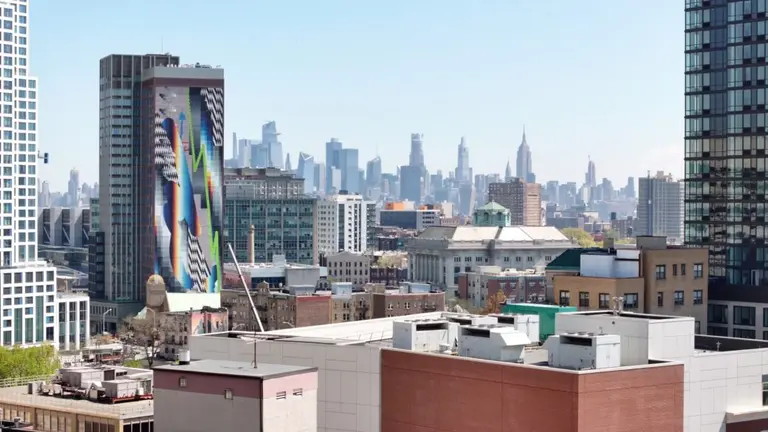Could JPods’ Solar-Power Commuter Pods Make Their Way to Manhattan?
Every day the NYC subway carries more than 1.3 million riders to all corners of our fair city. A feat yes, but if you’re a rush hour commuter, you know the hellish conditions that can arise when trying to pack several hundred (though it can feel like thousands) of people into a line of sardine cans. If you’re one of the many who constantly curse the MTA, try not to get too green-eyed as you read on.
As it turns out, our neighbors in grid-locked Secaucus, New Jersey are gearing up to test a out new form of solar-powered public transit called JPods. This innovative new system uses a combination of light rail and self-driving car suspended above roads, and unlike the NYC subway, you can leave your running shoes at home. This rail network is designed to get you as close to your final destination as possible.

The JPods have been developed to carry a small group of individuals, acting more like a streamlined personal vehicle in the sky than a large subway train car. The pods navigate a rail network, dropping each person in close proximity to where they need to be. Addresses are punched in via a touchscreen computer and the pods “talk to each other” in order to navigate the rail system and avoid collision. The size of the pod is based on both efficiency and comfort—they are large enough to accommodate several people at once and move speedily, but not so large that a pod carrying only one or two people will waste resources. The size also allows the system to be wholly responsive to demand, where more pods can be added to the rails during peak hours without clogging the network.

JPods is also quite eco-friendly, with the design mounting solar-collectors above the rails. According to JPods’ site, the system can gather 25,000 vehicle-miles of power per mile of rail per day. And by running it on solar power, the network can easily be expanded to service more areas or people, with little change to the infrastructure required.
JPods on the South Side of the George Washington Bridge
The JPods venture is being led by Bill James, a West Point grad who joined forces with several other alums to develop the system. James told Fast Company that inspiration for rail system came from the team’s experience in the service and their increasing concern over our country’s dependency on foreign oil. “We’re a bunch of West Point grads that looked at this situation and realized we’ve been fighting oil wars since 1990,” he said. “Our point of view on this thing as veterans is that we need to be looking ahead at what causes the path to war and act in advance of it.”
The first version of the JPods will roll out in Secaucus as a proof-of-concept trial. If all goes as planned, the team will then work on building a permanent installation of JPods that will connect various points of the city. James also hopes to bring JPods to Manhattan, with rail routed beneath the George Washington Bridge to help reduce traffic both on the bridge and through Holland Tunnel crossing.
JPods official site can be reached here, and a deeper discussion of the project with James, as well as Secaucus’ mayor, who is fully behind the project, can be found at Fast Co.


































